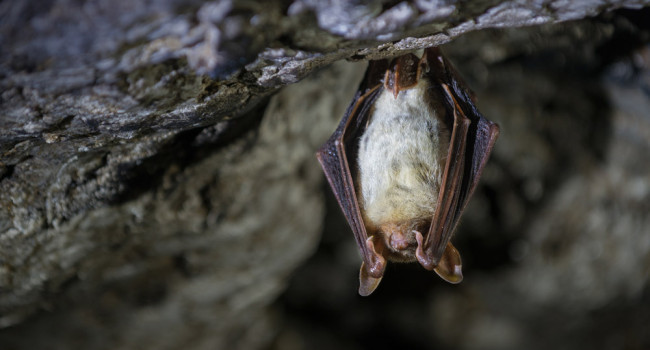A counterfactual approach to measure the impact of wet grassland conservation on UK breeding bird populations
Author(s): Jellesmark, S., Ausden, M., Blackburn, T.M., Gregory, R.D., Hoffmann, M., Massimino, D., McRae, L. & Visconti, P.
Published: January 2021
Journal: Conservation Biology
Digital Identifier No. (DOI): 10.1111/cobi.13692
Abstract
Wet grassland wader populations in the United Kingdom have experienced severe declines over the last three decades. To help mitigate these declines, the Royal Society for the Protection of Birds (RSPB) has restored and managed lowland wet grassland nature reserves to benefit these
and other species. However, the impact that these reserves have on bird population trends has not been experimentally evaluated, as appropriate control populations do not readily exist. In this study, we compare population trends from 1994 - 2018 for five bird species of conservation concern that breed on these nature reserves with counterfactual trends using matched breeding bird survey observations. Our results showed positive effects of conservation interventions for all four wader species that these reserves aim to benefit: Lapwing (Vanellus vanellus), Redshank (Tringa totanus), Curlew (Numenius arquata) and Snipe (Gallinago gallinago). There was no positive effect of conservation interventions on reserves for the passerine, Yellow Wagtail (Motacilla flava). We compared reserve trends with three different counterfactuals, based on different scenarios of how reserve populations could have developed in the absence of conservation, and found that reserve trends performed better regardless of the counterfactual used. Our approach using monitoring data to produce valid counterfactual controls is a broadly applicable method allowing large-scale evaluation of conservation impact.
and other species. However, the impact that these reserves have on bird population trends has not been experimentally evaluated, as appropriate control populations do not readily exist. In this study, we compare population trends from 1994 - 2018 for five bird species of conservation concern that breed on these nature reserves with counterfactual trends using matched breeding bird survey observations. Our results showed positive effects of conservation interventions for all four wader species that these reserves aim to benefit: Lapwing (Vanellus vanellus), Redshank (Tringa totanus), Curlew (Numenius arquata) and Snipe (Gallinago gallinago). There was no positive effect of conservation interventions on reserves for the passerine, Yellow Wagtail (Motacilla flava). We compared reserve trends with three different counterfactuals, based on different scenarios of how reserve populations could have developed in the absence of conservation, and found that reserve trends performed better regardless of the counterfactual used. Our approach using monitoring data to produce valid counterfactual controls is a broadly applicable method allowing large-scale evaluation of conservation impact.
Notes
The authors are grateful to the volunteers who have contributed to the BTO/JNCC/RSPB Breeding Bird Survey and to BTO and RSPB for providing the data. This project has received funding from the European Union’s Horizon 2020 research and innovation programme under the Marie Skłodowska-Curie grant agreement No 766417. This communication reflects only the authors’ view and the Research Executive Agency of the European Union is not responsible for any use that may be made of the information it contains.Staff Author(s)







Share this page